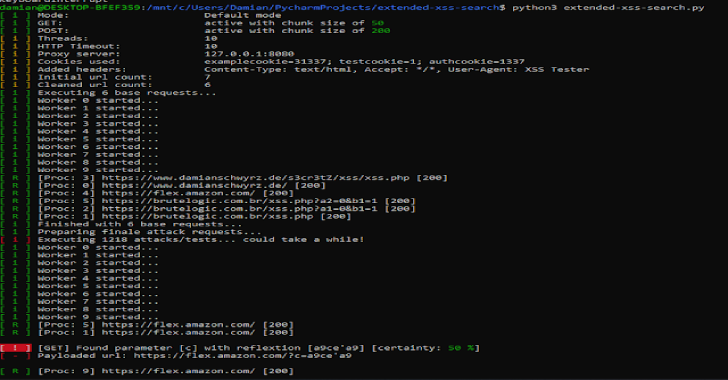IDA2Obj is a tool to implement SBI (Static Binary Instrumentation).
The working flow is simple:
- Dump object files (COFF) directly from one executable binary.
- Link the object files into a new binary, almost the same as the old one.
- During the dumping process, you can insert any data/code at any location.
- SBI is just one of the using scenarios, especially useful for black-box fuzzing.
- Prepare the enviroment:
- Set
AUTOIMPORT_COMPAT_IDA695 = YESin theidapython.cfgto support the API with old IDA 6.x style. - Install dependency:
pip install cough
- Set
- Create a folder as the workspace.
- Copy the target binary which you want to fuzz into the workspace.
- Load the binary into IDA Pro, choose Load resources and manually load to load all the segments from the binary.
- Wait for the auto-analysis done.
- Dump object files by running the script
MagicIDA/main.py.- The output object files will be inside
${workspace}/${module}/objs/afl. - If you create an empty file named
TRACE_MODEinside the workspace, then the output object files will be inside${workspace}/${module}/objs/trace. - By the way, it will also generate 3 files inside
${workspace}/${module}:- exports_afl.def (used for linking)
- exports_trace.def (used for linking)
- hint.txt (used for patching)
- The output object files will be inside
- Generate lib files by running the script
utils/LibImports.py.- The output lib files will be inside
${workspace}/${module}/libs, used for linking later.
- The output lib files will be inside
- Open a terminal and change the directory to the workspace.
- Link all the object files and lib files by using
utils/link.bat.- e.g.
utils/link.bat GdiPlus dll afl /RELEASE - It will generate the new binary with the pdb file inside
${workspace}/${module}.
- e.g.
- Patch the new built binary by using
utils/PatchPEHeader.py.- e.g.
utils/PatchPEHeader.py GdiPlus/GdiPlus.afl.dll - For the first time, you may need to run
utils/register_msdia_run_as_administrator.batas administrator.
- e.g.
- Run & Fuzz.

















